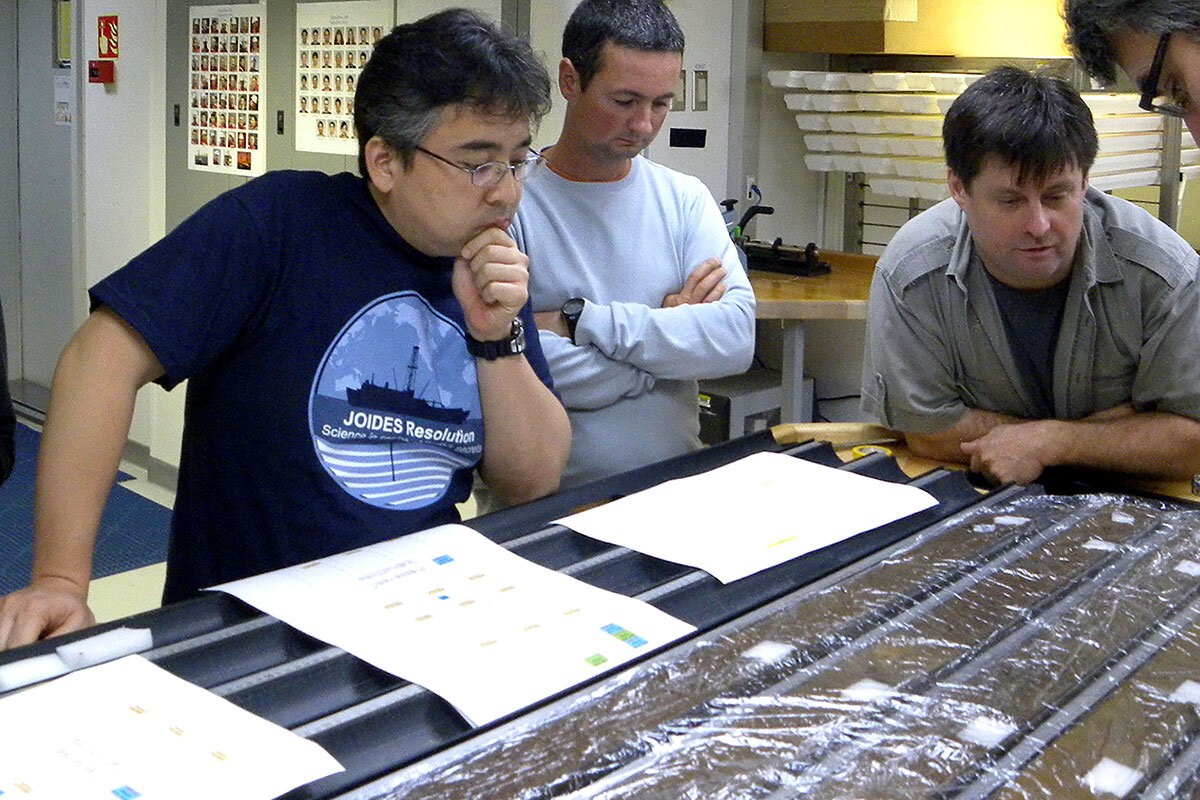100 million years and still kicking. Scientists awaken buried microbes.

 Eva Botkin-Kowacki
Eva Botkin-Kowacki
“Life finds a way,” Jeff Goldblum famously said as Dr. Ian Malcolm in the 1993 film “Jurassic Park.” Indeed, that has been proved by science again and again. And yet again this week.
On Tuesday, researchers reported that they had discovered microbes that had been buried beneath the sea floor for more than 100 million years, and they were still alive.
Researchers had found life in deep sea sediments before, but, with few nutrients, that environment is not particularly friendly to biology.
To probe the boundaries of where life might survive, the international team of researchers led by geomicrobiologist Yuki Morono drilled into sediments east of Australia nearly 19,000 feet below sea level. Back in the laboratory, the team doused the clay samples they’d extracted with nutrients to see if they could “wake up” any dormant microbial life that might be contained there. Indeed, from within the ancient sediments, a plethora of bacteria awoke.
The scientists aren’t sure what the microbes have been doing all that time.
Regardless, “Maintaining full physiological capability for 100 million years in starving isolation is an impressive feat,” University of Rhode Island oceanographer Steven D’Hondt told Reuters. Dr. D’Hondt is also a co-author on the new study. “The most exciting part of this study,” he said, “is that it basically shows that there is no limit to life in the old sediments of Earth’s oceans.”
In other words, life finds a way.




